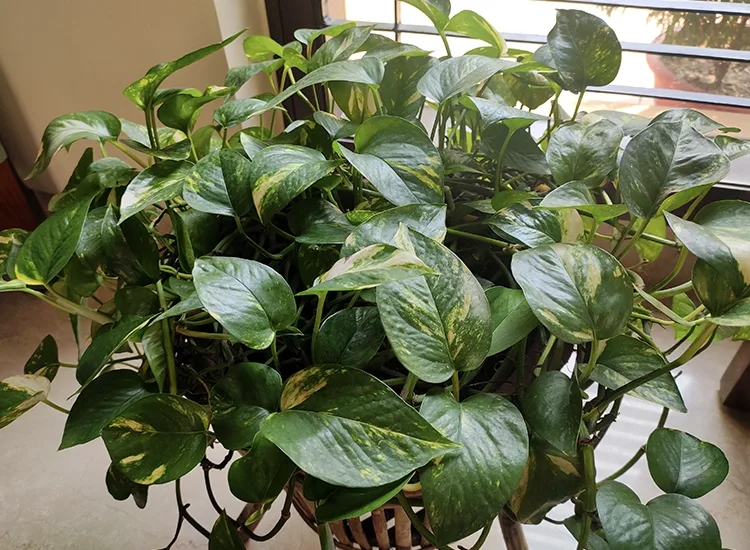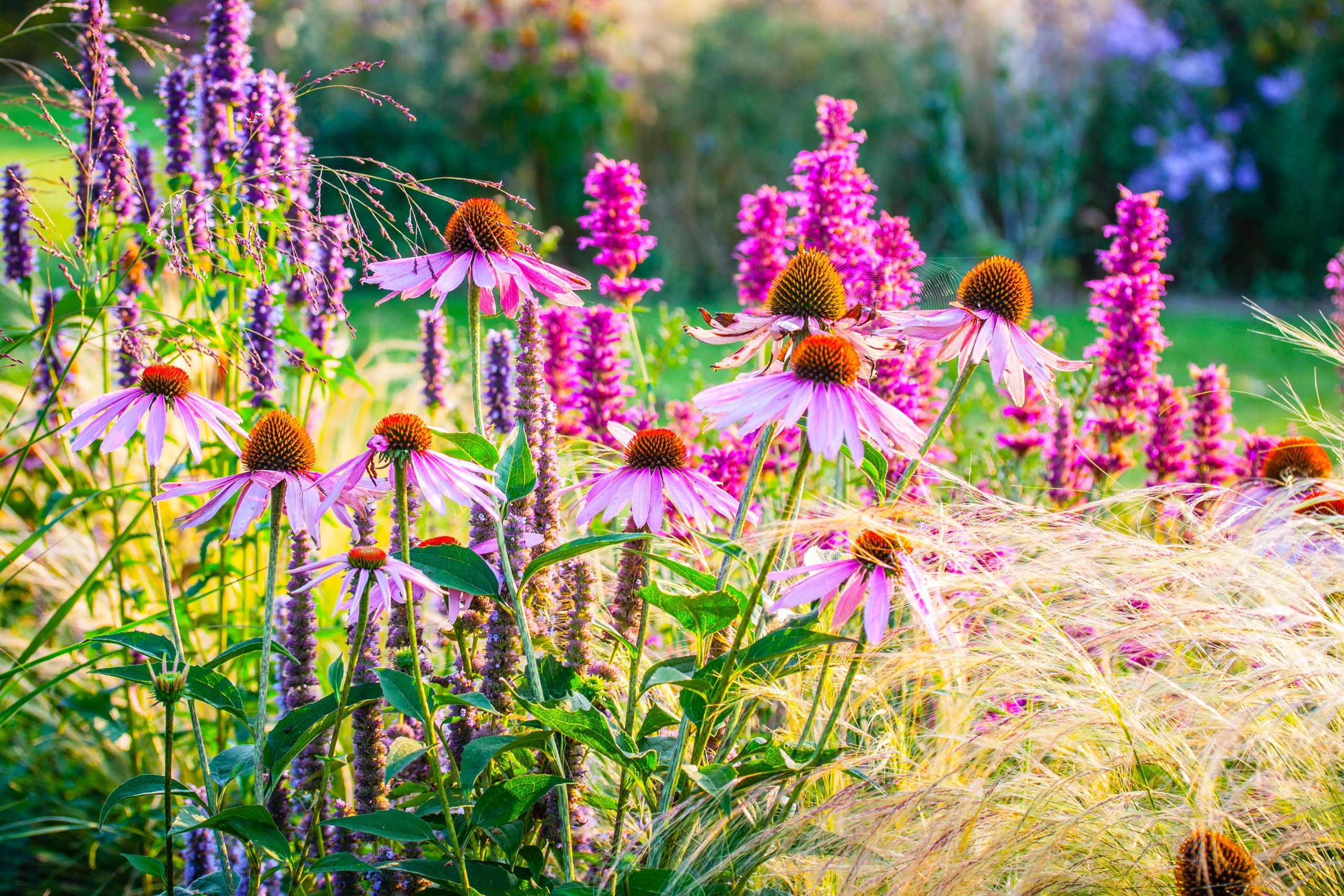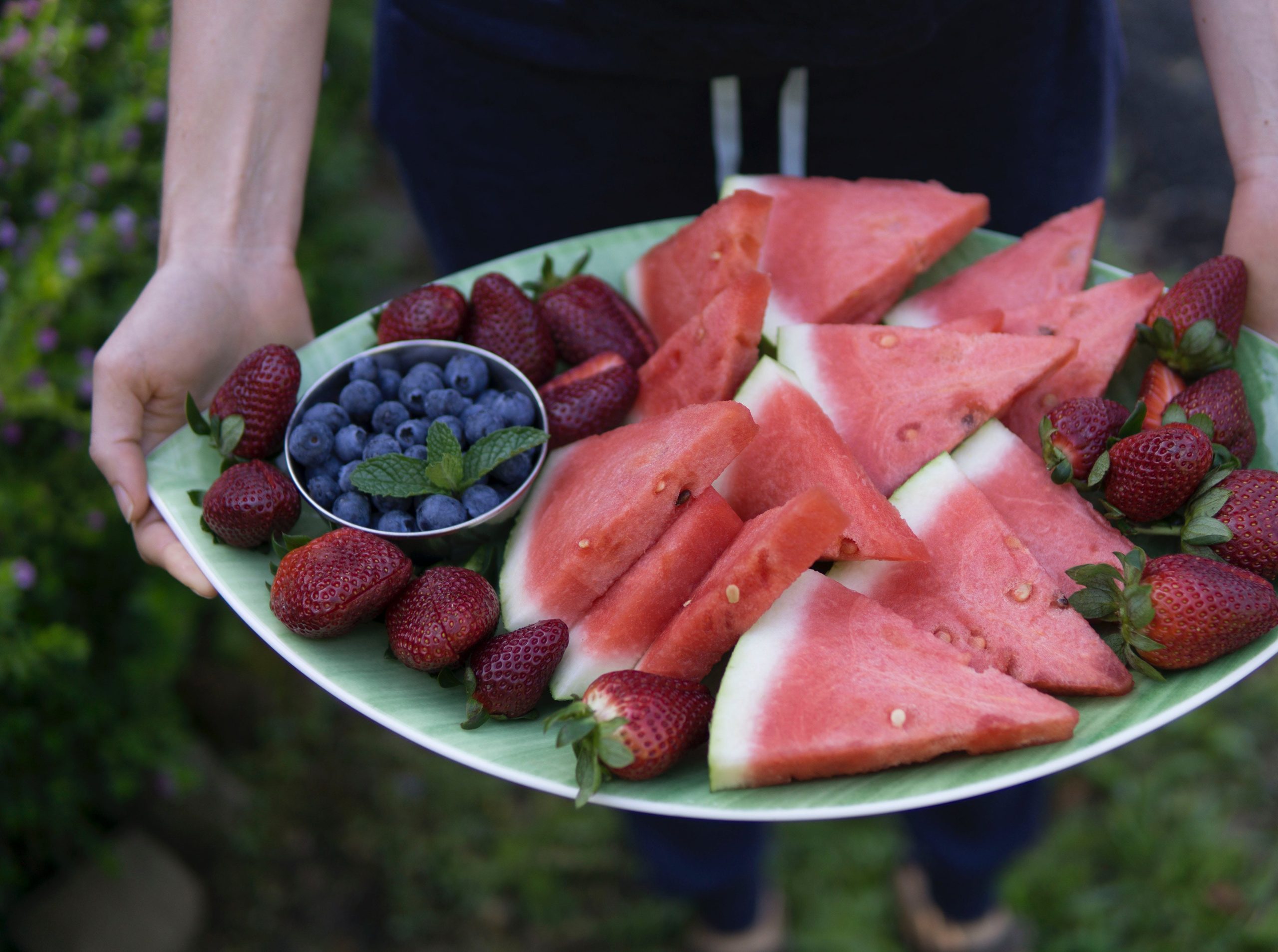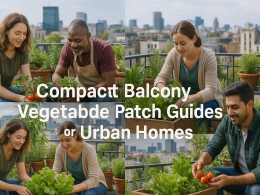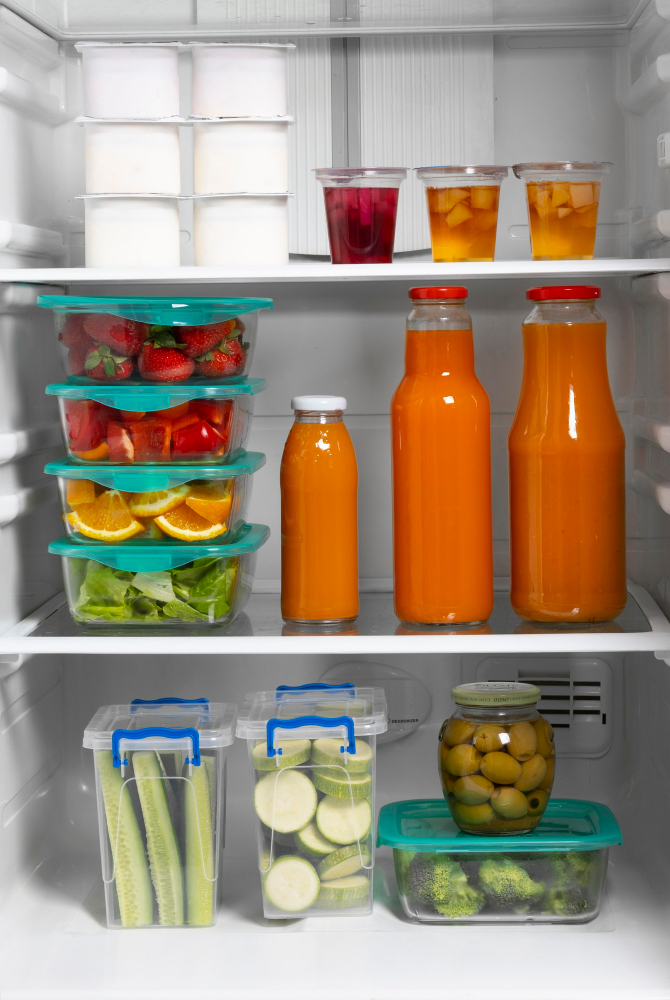This article is designed for parents and caregivers who are concerned about the safety of their toddlers in relation to household plants. It offers insights into identifying potentially toxic plants, creating a safer environment, and maintaining the aesthetic appeal of indoor greenery. Parents will benefit from practical tips and knowledge to ensure their children’s safety without compromising on home aesthetics.
Introduction
In the realm of horticulture and home aesthetics, few names carry as much weight as Alan Titchmarsh. With a distinguished career as a British gardener, TV presenter, and author, Titchmarsh has shared his profound knowledge of plants and gardening with the world. As we revel in the beauty of houseplants and their capacity to transform our living spaces, it’s imperative that we also consider the safety of our curious toddlers. This article, inspired by Titchmarsh’s expertise, delves into the delicate balance between aesthetics and child safety when it comes to pretty houseplants.
The Allure and Risks of Houseplants
Houseplants possess an innate ability to breathe life into our homes. Their lush foliage and vibrant blooms infuse a sense of tranquility and connection with nature. However, while these botanical wonders captivate our senses, they can also harbor hidden dangers for our toddlers. The allure of exploring these green companions can lead to accidental ingestions or contact with toxic plants. Recognizing the potential hazards is the crucial first step toward creating an environment that is both beautiful and safe.
Identifying Toddler-Safe Houseplants
The pursuit of beauty need not come at the expense of our child’s safety. There exists a plethora of houseplants that offer aesthetic charm without posing harm to toddlers. As responsible caregivers, it’s vital to familiarize ourselves with these safe options. By doing so, we can continue to enjoy the visual appeal of houseplants while maintaining peace of mind. Additionally, this section will shed light on popular plants to avoid due to their toxicity and provide practical alternatives that offer both beauty and safety.
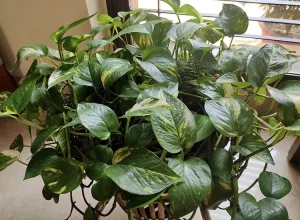
Safety Measures: Striking the Balance
Creating a harmonious coexistence between houseplants and toddlers requires careful planning and thoughtful arrangements. Weaving greenery into our living spaces demands a keen understanding of our child’s tendencies and curiosities. This section will delve into actionable safety measures, such as strategically placing plants out of reach, opting for child-safe containers, and securing taller or heavier plants to prevent toppling incidents. By implementing these precautions, we can curate an environment that promotes exploration without compromising safety.
Educating Through Aesthetics: Plant Behavior Lessons
Houseplants offer a unique opportunity to foster a deeper connection between our toddlers and the natural world. Beyond their aesthetic appeal, these botanical companions can serve as engaging educational tools. Engaging in age-appropriate activities, such as watering, observing growth, and nurturing plants, introduces our little ones to fundamental lessons in responsibility and understanding. This section will emphasize the role of houseplants in nurturing a sense of curiosity, empathy, and connection with nature.
Aesthetic Integration: Creating Toddler-Friendly Displays
The integration of houseplants into our homes extends beyond mere decoration; it serves as an invitation for exploration and engagement. This section will explore innovative ideas for incorporating houseplants into our décor while maintaining a toddler-friendly environment. From dedicated plant corners adorned with child-safe plants to utilizing plants to enhance sensory experiences, this segment will inspire readers to think creatively and holistically about their indoor green spaces.
Expert Insight: Alan Titchmarsh’s Perspective
Alan Titchmarsh’s extensive knowledge and passion for gardening provide a valuable perspective on the delicate interplay between aesthetics and safety. Drawing from his expertise, this section will offer insights and reflections from Titchmarsh himself. His words will underscore the importance of prioritizing toddler safety while indulging in the beauty of houseplants. A carefully chosen quote or anecdote will lend authority and credibility to the guidance provided throughout the article.
Conclusion
In the quest to create an environment that seamlessly blends aesthetics and safety, the guidance of experts like Alan Titchmarsh serves as a guiding light. As we navigate the world of houseplants, let us remember that our decisions have the power to shape our toddlers’ experiences and perceptions. By embracing the recommendations outlined in this article – understanding the allure and risks of houseplants, selecting toddler-safe options, implementing safety measures, using plants as educational tools, and integrating plants thoughtfully – we can curate spaces that nourish our children’s growth and curiosity while celebrating the beauty of nature.






